Description
Cornflower Centaurea Cyanus Blue
Cornflower Centaurea Cyanus Blue A hardy and eye-catching attractive easily grown cottage garden annual producing an abundance of double sky blue flowers on tall plants. Prefers full sun, well drained soils and is drought resistant. Height 80-100cm.
Cultivation Advice
- Ensure the soil pH is neutral to slightly alkaline (around 6.0 to 7.5).
- Sow seeds directly into the garden after the last frost date. The soil should be warm enough for germination.
- Plant seeds about 1/4 to 1/2 inch deep and space them around 6 to 12 inches apart.
- Keep the soil consistently moist but not waterlogged, especially during germination. Once established, they are somewhat drought-tolerant but benefit from regular watering during dry spells.
- Avoid excessive nitrogen-rich fertilizers as they can lead to more foliage and fewer flowers. A balanced fertilizer during planting can be beneficial if your soil lacks nutrients.
- Mulch around the plants to retain moisture and control weeds. Keep the area around the plants free from weeds to reduce competition for nutrients.
- Regularly remove spent flowers to encourage continuous blooming throughout the growing season. This practice promotes new flower production.
- Taller ‘Blue Boy’ cornflower varieties might require support to prevent bending or breaking in strong winds. Consider staking if necessary.
- These flowers are relatively resistant to pests and diseases. Keep an eye out for aphids, spider mites, and powdery mildew. Treat any issues promptly.
- If collecting seeds for future planting, allow some flowers to mature and dry on the plant. Harvest seeds when the flower heads turn brown and store them in a cool, dry place.
- Mulch around the plants to protect the roots in colder climates. Alternatively, grow ‘Blue Boy’ as an annual and replant seeds the following year.
- Regular deadheading is crucial to promote prolonged flowering. Trim spent blooms regularly to encourage new growth and continuous flowering.
- Like other varieties, ‘Blue Boy’ cornflowers make excellent companions for many garden plants. They attract beneficial insects and can be planted alongside vegetables or other flowering plants.
- Employ heavy mulching around the base of the plants in colder climates to protect the roots from freezing temperatures. This can improve their chances of surviving the winter.
- ‘Blue Boy’ cornflowers can be propagated via seeds or division. Collect seeds from mature flowers for subsequent planting. Additionally, dividing mature plants in early spring can create new plants.
- Regularly inspect plants for signs of diseases or pest infestations. Early detection allows for easier management and prevents issues from spreading.
- To maintain vigor, consider dividing or replanting younger shoots. This rejuvenation technique ensures healthy growth and continuous flowering.
- Prior to planting, amend the soil with organic matter like compost to improve fertility and moisture retention. This aids in providing necessary nutrients for the plants.
- If growing ‘Blue Boy’ cornflowers in containers, ensure adequate drainage in the pots. Employ a good-quality potting mix and water regularly, especially during warmer months.
- Adjust care routines according to seasonal variations. Increase watering during hot periods and reduce it in cooler months to prevent waterlogging.
- Finally, take pleasure in the process! Gardening can be incredibly rewarding. Take time to appreciate the beauty of the ‘Blue Boy’ cornflowers as they flourish and bloom in your garden.
- ‘Blue Boy’ cornflowers make beautiful cut flowers. Harvest stems for bouquets when the flowers are at their peak, and doing so can also encourage further flowering.
- Perform soil pH tests periodically to ensure it remains within the preferred range for ‘Blue Boy’ cornflowers. Adjust soil acidity or alkalinity if necessary to maintain optimal growing conditions.
- Consider natural pest control methods like introducing beneficial insects or using organic insecticidal soaps to manage any pest issues without harming the environment.
- In areas with extreme weather fluctuations, consider using row covers or protective barriers during unexpected temperature shifts to shield the plants from adverse conditions.
- Maintain an adequate mulch layer around the plants. A mulch thickness of about 2-3 inches can aid in moisture retention, temperature regulation, and weed suppression.
- Incorporate ‘Blue Boy’ cornflowers into diverse garden beds. Mixing them with various plant species can create an aesthetically pleasing and ecologically beneficial garden environment.

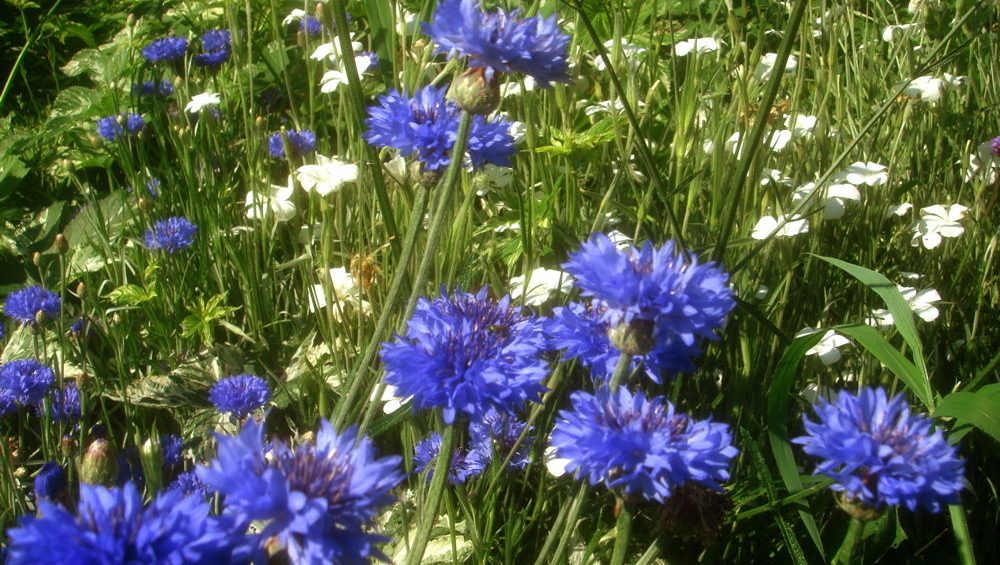

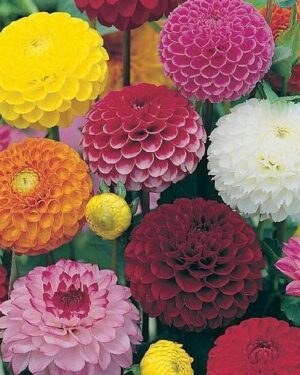
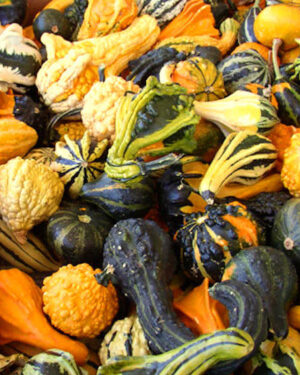
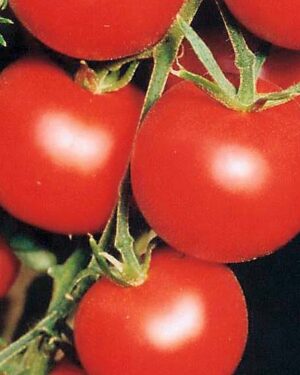
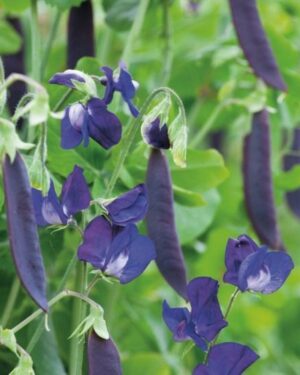

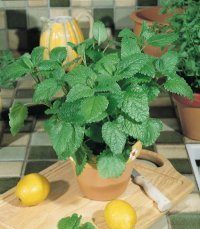
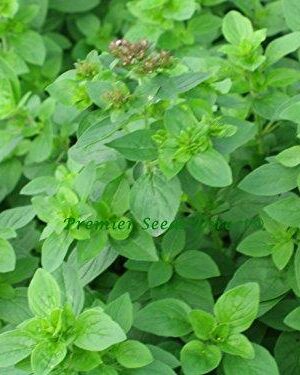
Reviews
There are no reviews yet.